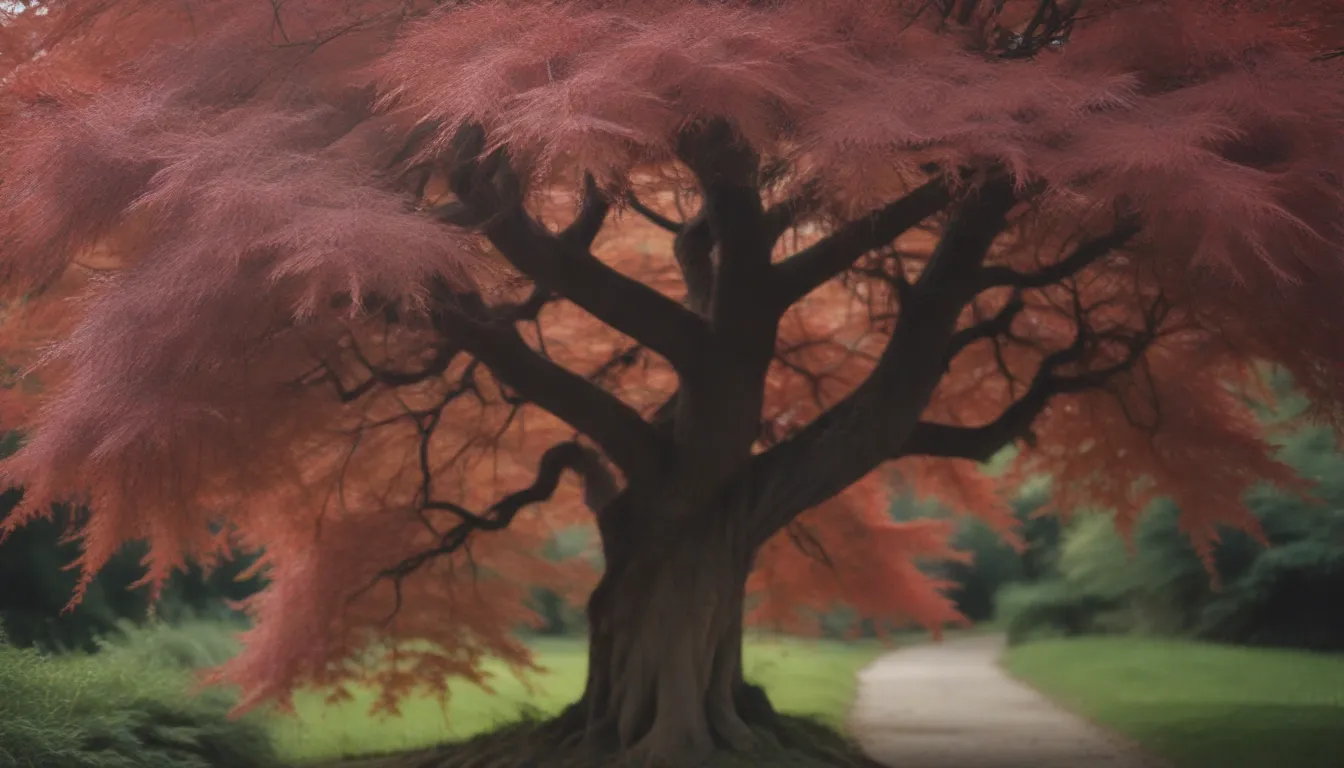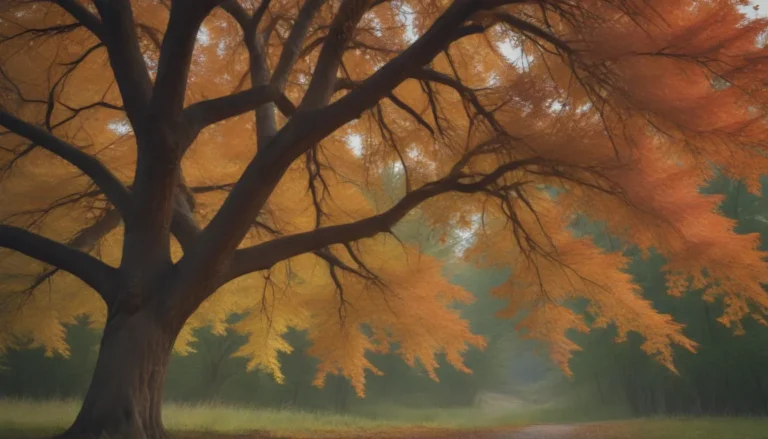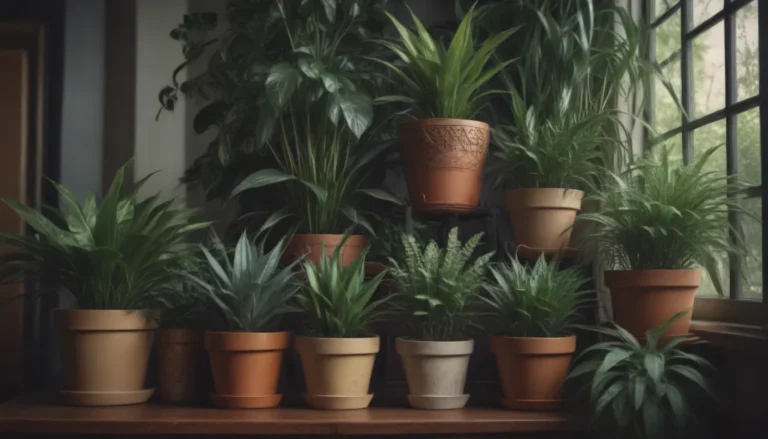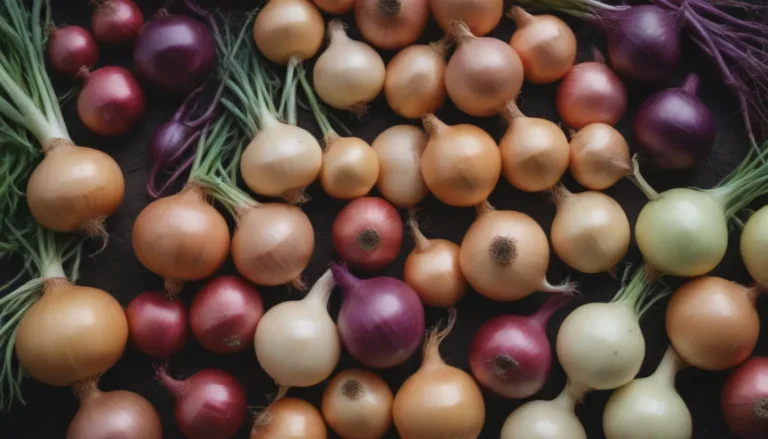Ultimate Guide: Growing and Caring for Crimson Queen Japanese Maples

Are you looking to add a touch of elegance and beauty to your garden? Look no further than the Crimson Queen Japanese maple tree. This stunning variation of the standard Japanese maples is known for its bright-red foliage and cascading habit, making it one of the prettiest dwarf trees you can grow. In this comprehensive guide, we will explore everything you need to know about growing and caring for Crimson Queen Japanese maples.
The Beauty of Crimson Queen Japanese Maples
The Crimson Queen Japanese maple tree is prized not only for its stunning leaves but also for its compact size. Standing at around 10 feet tall, this tree is much smaller than other types of maples that can reach heights of up to 100 feet. This makes the Crimson Queen ideal for landscaping in tighter spaces. Additionally, these trees are known for their ability to thrive under black walnut trees, adding a pop of color to even the most challenging environments.
Crimson Queen Japanese Maple Tree Care Tips
Crimson Queen Japanese maple trees are relatively easy to care for, especially in warm or slightly cool climates. Here are some essential tips for ensuring your Crimson Queen thrives:
Light
The Crimson Queen Japanese maple is forgiving when it comes to light conditions. In northern regions, it can be grown in full sun, while in the south, it prefers partial afternoon shade to prevent foliage scorching. If you live in a hot climate, partial shade is the way to go.
Soil
These maples are adaptable when it comes to soil, thriving in organically rich, slightly acidic soil that is moist but well-drained. Sandy loam and even heavy clay soils are suitable, but avoid salty or highly alkaline soils. Add a layer of shredded bark mulch around the base of the tree for added nutrients.
Water
While mature Japanese maples are drought-tolerant, young trees need regular watering, especially in dry conditions. Water your Crimson Queen two to four times a week until it becomes established.
Temperature and Humidity
Japanese maples prefer warm climates but can withstand temperatures as low as 14 degrees Fahrenheit. Protect them from sun scorch in hot regions and be mindful of frost damage in colder climates.
Fertilizer
Keep your Japanese maple well-fed with compost throughout the spring and early summer. If compost is not available, use an all-purpose fertilizer according to the manufacturer’s instructions.
Popular Varieties of Japanese Maples
Japanese maples come in a variety of cultivars, each with its own unique characteristics. Here are some popular varieties to consider:
- Bloodgood
- Red Dragon
- Autumn Moon
- Butterfly
Pruning Tips for Crimson Queen Japanese Maples
Pruning your Crimson Queen should be kept to a minimum to avoid unwanted bleeding. If pruning is necessary, do it in late fall or mid-winter to prevent issues during the active growing season.
Propagating Crimson Queen Japanese Maples
You can propagate Crimson Queen Japanese maples by taking softwood or semi-hardwood stem cuttings in late spring through midsummer. Follow these steps to create new trees from cuttings.
Potting and Repotting in Containers
Dwarf Japanese maples, such as the Crimson Queen, can be grown in containers if they remain under 10 feet tall when mature. If the tree outgrows its container, regular pruning is necessary. Follow these steps for successful container growth:
- Choose a container that is no more than twice the volume of the roots.
- Fill the container with high-quality, fertilizer-free potting soil.
- Fertilize with water-based fertilizer at half-strength when growth begins.
- Repot every two years to prevent root binding.
Overwintering Your Crimson Queen Japanese Maple
Prepare your tree for colder weather by halting fertilization in mid-summer and increasing watering in the fall. Mulch heavily around the base of the tree and consider protecting young trees with burlap or bringing container-grown trees indoors during frost.
Common Pests and Diseases
Unfortunately, Crimson Queen Japanese maples are susceptible to certain pests and diseases. Keep an eye out for the following issues:
Diseases
- Canker
- Anthracnose
- Verticillium wilt
Pests
- Japanese beetles
- Aphids
- Scale
- Mites
Treat these problems with appropriate fungicides or insecticides to keep your tree healthy and thriving. With proper care, your Crimson Queen Japanese maple can live for 80 years or more, providing beauty to your landscape year after year.
In conclusion, if you’re looking to add a touch of elegance and beauty to your garden, consider adding a Crimson Queen Japanese maple tree. With its stunning foliage and compact size, it’s the perfect addition to any landscape. By following the care tips outlined in this guide, you can enjoy the beauty of your Crimson Queen for years to come. Happy gardening!





